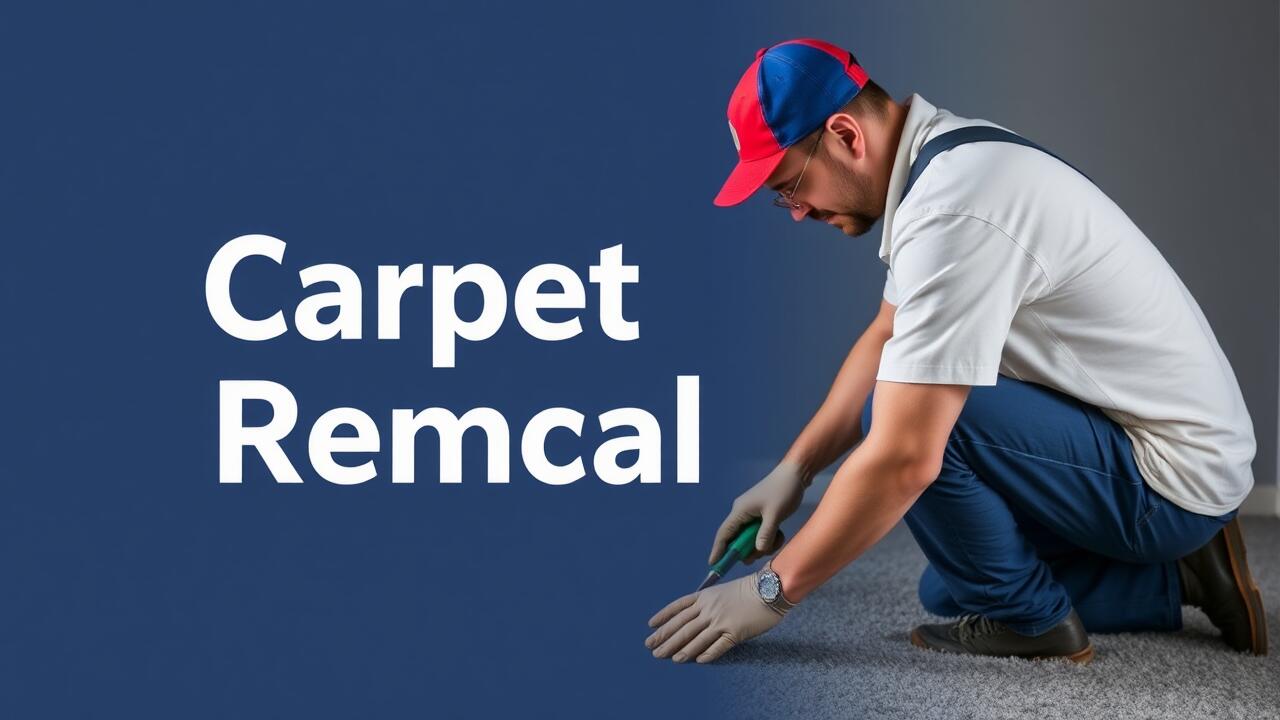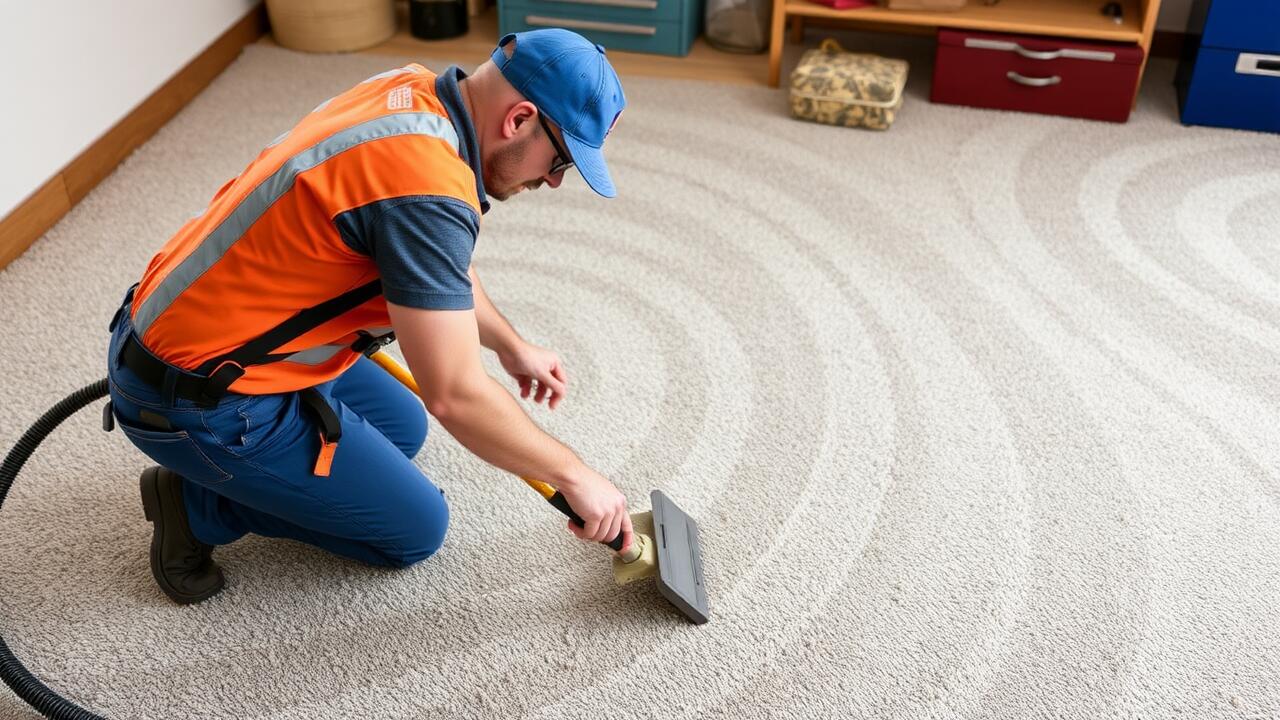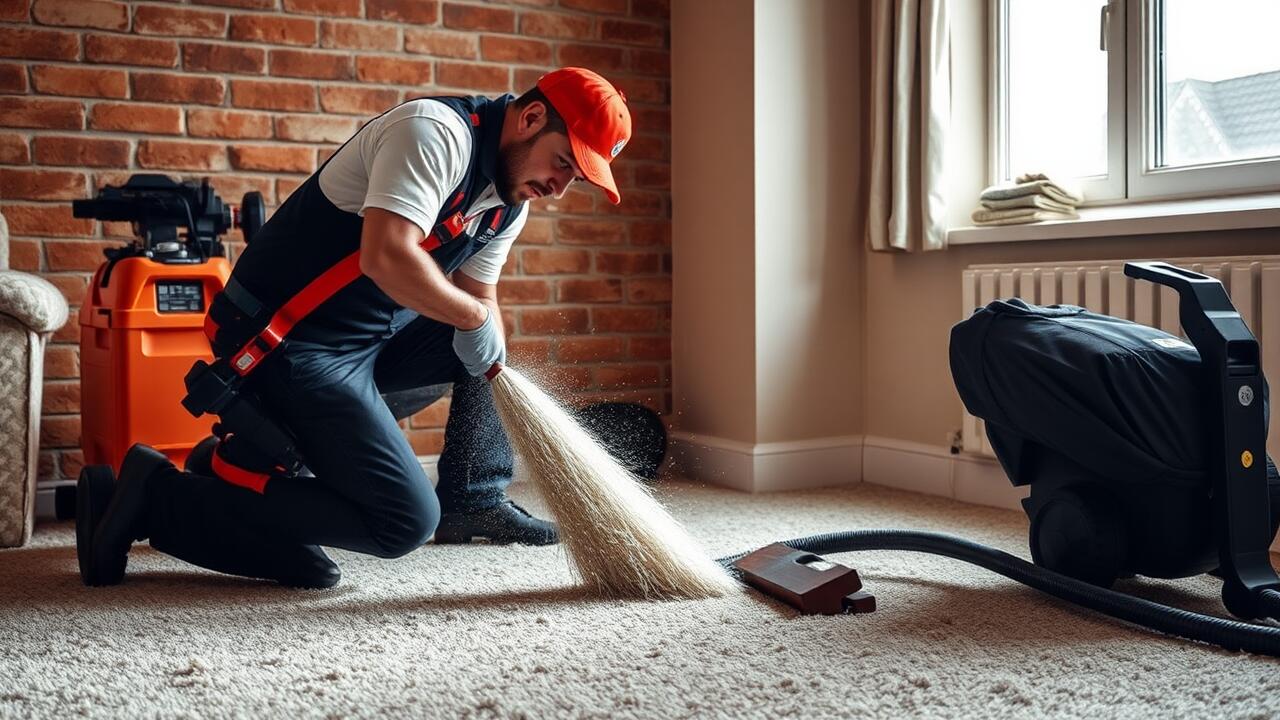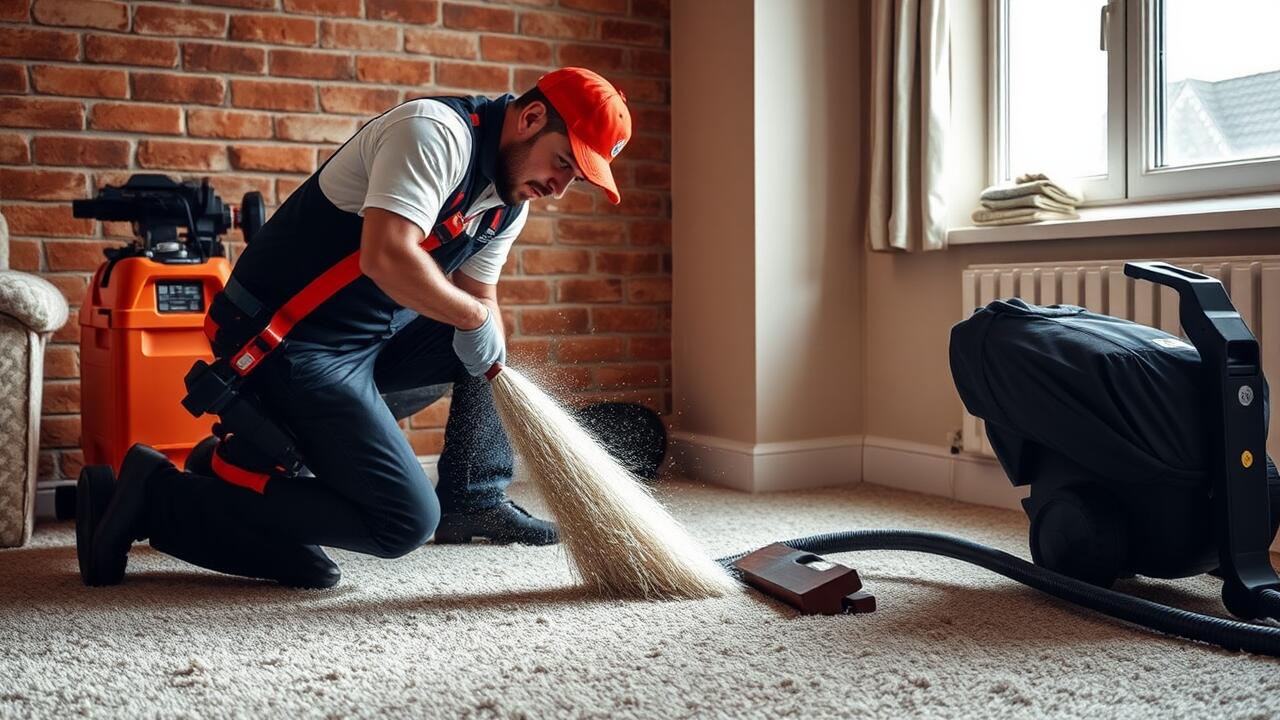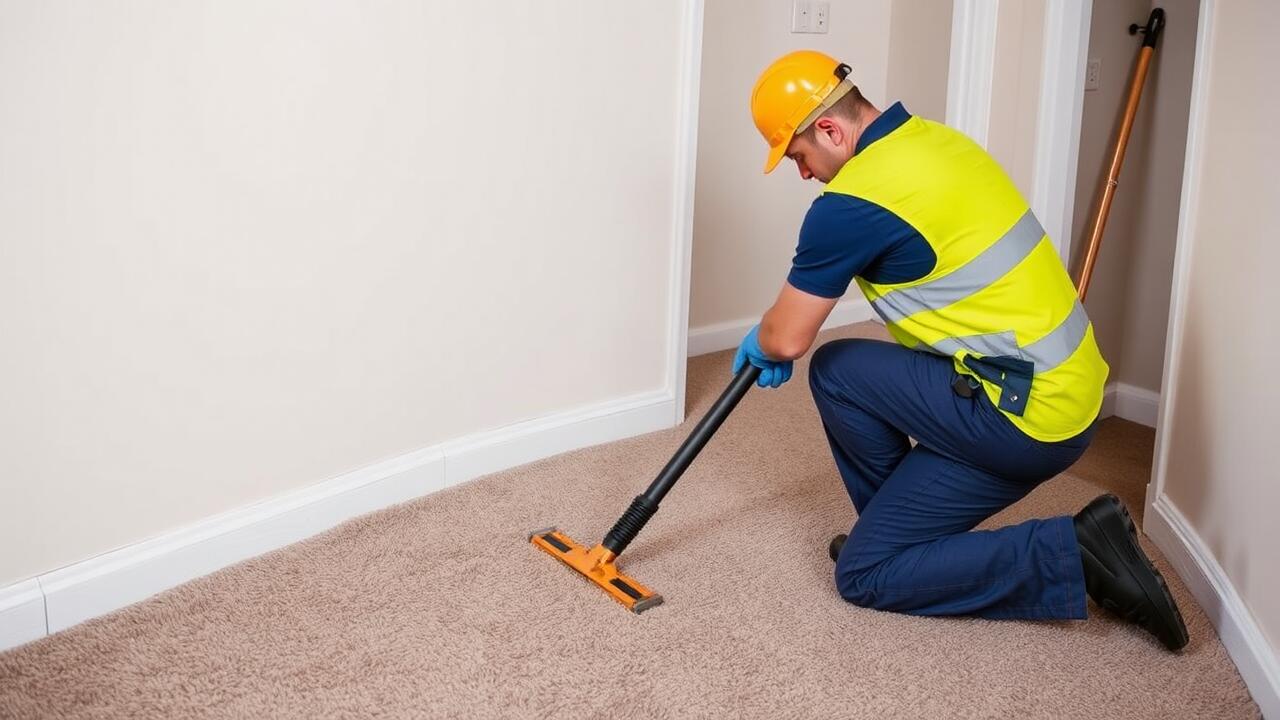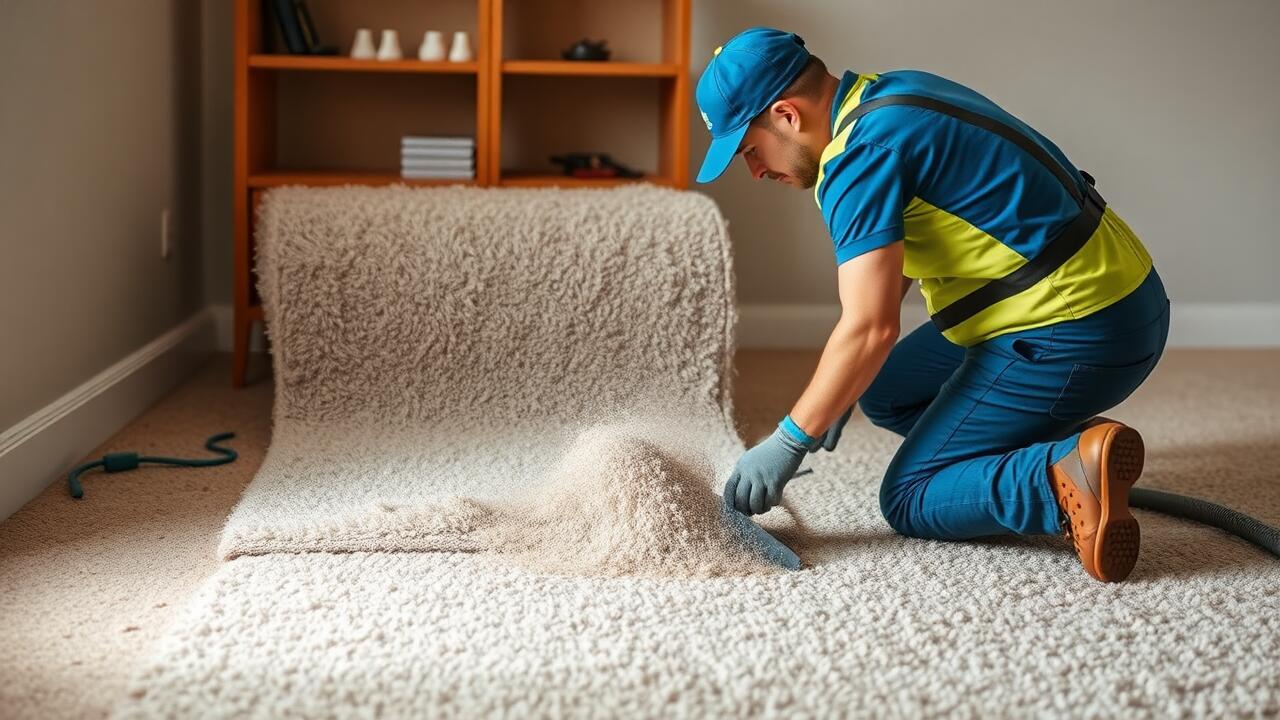
Considering Underlayment Options
When considering underlayment options after carpet removal, it's essential to evaluate the specific needs of your space. Underlayment serves as a layer between the flooring and the subfloor and can significantly influence comfort, insulation, and longevity. Depending on the type of new flooring being installed, different underlayment materials may be more suitable. For example, foam underlayment works well with laminate and engineered wood, while cork is often favored for its eco-friendliness and sound absorption qualities.
Carpet Removal in Camelback East, Phoenix, presents unique opportunities to improve your home's acoustics and thermal performance. Choosing the right underlayment can help reduce noise transmission and enhance comfort underfoot. Whether opting for a basic foam or a more advanced soundproofing underlayment, consider factors like thickness, density, and moisture resistance to ensure optimal results. Taking the time to explore these options will pay off in the long run.
Benefits of Using Underlayment
Underlayment serves multiple purposes that enhance the quality and longevity of your flooring. It provides a cushion that absorbs noise and minimizes the impact of footsteps, creating a more comfortable living environment. If you're considering a flooring upgrade after your carpet removal in Camelback East, Phoenix, investing in quality underlayment can improve thermal insulation, keeping your home warmer in winter and cooler in summer.
Additionally, underlayment acts as a barrier against moisture, protecting your new flooring from potential water damage. This is particularly crucial in areas with high humidity or where spills are likely to occur. By choosing the right type of underlayment, you ensure that your flooring has optimal support and that comfort, sound, and moisture concerns are effectively addressed.
Installing New Flooring
Installing new flooring can significantly transform a room's appearance and functionality. After completing the carpet removal process, it is important to assess the condition of the subfloor. Any necessary repairs or leveling should be addressed before proceeding with the new installation. This ensures a smooth surface for the new flooring, reducing the chances of future issues such as creaking or uneven wear.
When choosing the type of flooring, consider your lifestyle, aesthetic preferences, and maintenance requirements. Options range from hardwood and laminate to vinyl and tile, each offering distinct benefits. If you recently experienced carpet removal in South Mountain, Phoenix, local climate and the specific use of the space can also influence your flooring choice. Proper preparation and selection will lead to a successful and satisfying flooring installation.
Step-by-Step Installation Guide
Preparing the subfloor is the first step in the installation process after carpet removal. Ensure that the surface is clean and free of debris. Check for any damage or imperfections that might need repair. If the subfloor is made of wood, sand down any rough areas to create a smooth surface. Consider installing a moisture barrier if you're working in an area prone to humidity. This precaution helps protect your new flooring from moisture damage.
Next, lay down your underlayment if applicable. This can improve comfort and provide additional insulation. Align the underlayment according to the manufacturer's instructions, overlapping seams as recommended. Following that, begin laying your new flooring plank by plank or tile by tile, ensuring each piece fits snugly against the others. Maintain a consistent pattern and be attentive to the manufacturer's guidelines for layout and spacing. For those who have just undergone carpet removal in Camelback East, Phoenix, this careful installation will set the foundation for a quality finish.
Enhancing Room Acoustics
Enhancing room acoustics can significantly improve the overall atmosphere of your living space. Without the soft surface of carpet absorbing sound, rooms can become echoey and harsh. To counter this, consider incorporating various materials and design elements that absorb or diffuse sound waves. Wall panels made from acoustic materials, for instance, can help minimize echoes. Additionally, rugs and cushioned furniture can contribute to a cozier auditory environment, making your home feel more inviting.
For those in need of professional assistance, services like Carpet Removal in Camelback East, Phoenix not only help with stripping away old carpeting but also provide expert advice on how to achieve the best acoustic results in your newly finished space. Soundproofing techniques such as adding insulation within walls or installing sound-dampening curtains can further enhance the acoustic experience. Thoughtful planning and execution will create a balanced sound environment that enhances both comfort and functionality in your home.
Soundproofing Techniques
Soundproofing techniques can significantly improve the acoustics of a room after carpet removal. One effective method involves using soundproofing underlayment materials beneath new flooring. These materials can reduce noise transmission between floors and provide a cushioning effect that enhances comfort. In addition, adding acoustic panels to walls can absorb sound, minimizing echoes and creating a more peaceful environment.
Another technique is to install mass-loaded vinyl barriers on walls or ceilings. This dense material effectively blocks sound and can be particularly useful in multi-story homes. Additionally, sealing any gaps or cracks around windows, doors, and baseboards helps prevent noise infiltration from outside. Homeowners in areas such as Camelback East, Phoenix, can benefit from these strategies after carpet removal, creating a quieter and more serene living space.
FAQS
What should I do first after removing my carpet?
The first step is to assess the condition of the subfloor. Check for any damage, moisture, or mold that may need to be addressed before proceeding with new flooring.
Is underlayment necessary when installing new flooring?
While not always necessary, underlayment can provide additional insulation, soundproofing, and moisture protection, making it a beneficial choice for many flooring types.
What are the benefits of using underlayment?
Benefits of using underlayment include improved comfort underfoot, enhanced sound absorption, moisture resistance, and a smoother surface for your new flooring.
Can I install new flooring myself?
Yes, many people opt to install new flooring as a DIY project. However, it’s important to follow a detailed installation guide and ensure you have the necessary tools and skills for the specific type of flooring.
How can I improve the acoustics in my room after removing carpet?
To enhance room acoustics, consider adding soundproofing materials such as acoustic panels, rugs, or specialized underlayment that can help absorb sound and reduce noise levels in the room.
